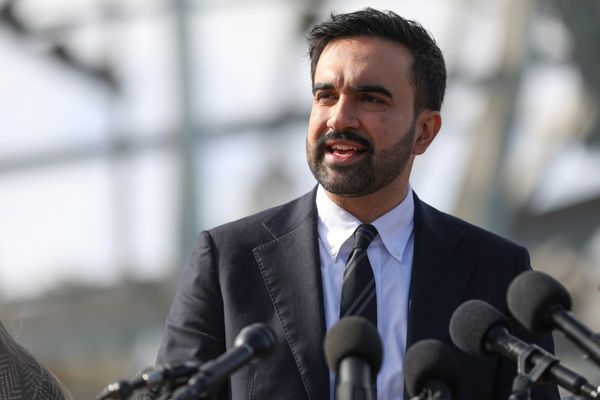It’s easy to get caught up in the excitement of giving kids a financial head start, but not every investment is a smart move. In fact, some financial investments for kids sound good in theory but can backfire when you consider the long-term risks, fees, or lack of practicality. While teaching kids about money is incredibly important, the vehicle you use to do that matters. Poor choices can lead to frustration, lost funds, or unrealistic expectations. Let’s take a look at the most common financial investments for kids that often cause more harm than good.
1. Custodial Brokerage Accounts With High Fees
While custodial brokerage accounts are often promoted as an early investing tool, many come with hidden costs. Some require account minimums, maintenance fees, or expensive fund options that eat into the balance over time. Unless you’re committed to actively managing the account, your child’s returns may be underwhelming. Plus, when the child turns 18 or 21, they gain full control of the money—whether they’re financially ready or not. That can lead to impulsive spending instead of long-term growth.
2. Cryptocurrency for Kids
It may seem trendy to open a crypto wallet for your child, but this is one of the riskiest financial investments for kids. Cryptocurrency markets are volatile and largely unregulated, making them unpredictable and hard to understand—even for adults. Kids aren’t likely to grasp the value fluctuations or technical risks like wallet security. A single crash can wipe out their entire investment overnight. If your goal is financial education, there are safer and more stable options.
3. Collectible Toys or Memorabilia
Parents sometimes invest in collectibles like limited-edition toys, hoping they’ll gain value over time. The problem is that markets for these items are niche, unpredictable, and driven by trends rather than actual worth. What seems valuable today may be worthless in a decade, especially if it’s mass-produced. Kids may also struggle to resist opening or damaging items intended to remain “mint.” It’s more of a gamble than an investment and rarely pays off.
4. Prepaid College Plans Without Flexibility
Prepaid college tuition plans can sound smart but often come with strict rules that don’t align with real-life changes. If your child decides to attend an out-of-state or private university, the plan may not cover the full cost or may be rendered useless. Additionally, these plans usually offer lower returns than other college savings options. They can also create pressure for kids to attend specific schools just to justify the plan. Before locking in tuition, make sure you’re not limiting future possibilities.
5. Single Stocks Instead of Diversified Funds
Buying your child a share of stock in a favorite company might seem like a fun way to get them interested in investing. But putting all their money in one stock is risky and doesn’t teach the value of diversification. If that company hits a rough patch, your child could lose a large portion of their money fast. It also creates a skewed view of how investing typically works. Opting for index funds or ETFs provides more balanced exposure and real-world investing lessons.
6. Savings Bonds with Poor Interest Rates
Savings bonds used to be a go-to gift for kids, but today’s interest rates make them less appealing. Many bonds take decades to mature and offer returns that don’t even keep up with inflation. They’re also difficult for kids to understand and may feel underwhelming compared to other gift options. While they’re technically safe, they’re far from exciting or lucrative. You’re better off choosing a more modern savings product with better growth potential.
7. Real Estate in Their Name
Buying property in your child’s name may seem like a long-term investment, but it’s riddled with complications. Not only does it involve legal and tax issues, but it can also affect their ability to qualify for financial aid later. Managing property requires adult-level responsibilities that kids aren’t prepared for. If anything goes wrong, the impact on their credit or financial future can be serious. Real estate is best left as a family investment, not a child’s burden.
8. Precious Metals as a Kid’s Portfolio
Gold and silver are often considered “safe haven” assets but storing them for a child’s investment portfolio isn’t practical. The value of precious metals doesn’t grow through dividends or interest, and physical metals come with storage and security issues. Kids may also lose interest since they can’t see these investments grow the way stocks or savings accounts do. In many cases, parents end up selling the metals and reinvesting the funds elsewhere. It’s better to stick with assets that are easier to manage and understand.
9. Expensive Financial Apps or Services
There are countless apps claiming to teach kids financial literacy, but many charge high monthly fees for features your child may never use. Some gamify money in a way that’s more entertaining than educational. Over time, subscription costs can add up without providing real value. If the app isn’t age-appropriate or engaging, your child will lose interest quickly. Choose free or low-cost tools that grow with your child’s understanding and goals.
Set Kids Up for Smart Financial Wins, Not Frustrating Losses
When it comes to financial investments for kids, the goal should always be to educate, empower, and protect—not to impress or take risks. Many well-meaning parents fall into traps that look promising but lack real payoff. The best investments are often the most boring: simple savings accounts, diversified portfolios, and honest conversations about money. By avoiding these common mistakes, you help build a foundation that lasts far beyond childhood. It’s not about flashy returns—it’s about giving kids the tools to thrive long-term.
Have you ever made a money move for your child you later regretted? Share your experiences in the comments to help other parents avoid the same pitfalls.
Read More:
5 Free Budgeting Apps For Kids to Learn About Money
The Unexpected Cost: 11 Income Gaps In Parenting That Cost You Thousands
The post Beyond The Allowance: 9 Financial Investments For Kids That Are Bad Ideas appeared first on Kids Ain't Cheap.








